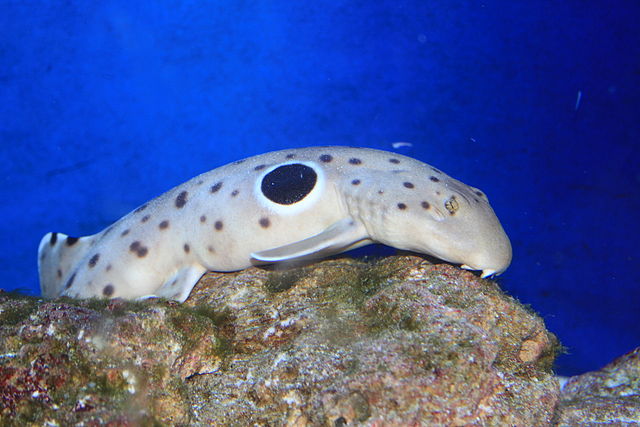Media release
From:
Succinate-mediated ROS production in the anoxia-tolerant epaulette (Hemiscyllium ocellatum) and grey carpet (Chiloscyllium punctatum) sharks
Anoxia and re-oxygenation, a common occurrence in certain shark habitats, can lead to brain damage due to oxidative stress. However, two closely related shark species, the epaulette shark and the grey carpet shark, have adapted to endure this stress without significant brain injury. They employ different survival strategies, with the epaulette shark being able to suppress metabolism and its mitochondria having a unique ability to limit succinate oxidation after the stress. Our team found that despite similar mitochondrial respiration, the epaulette shark produced only half as many harmful reactive oxygen species (ROS) as the grey carpet shark. This sheds light on strategies to reduce brain injury during such stress.



 Australia; New Zealand
Australia; New Zealand



